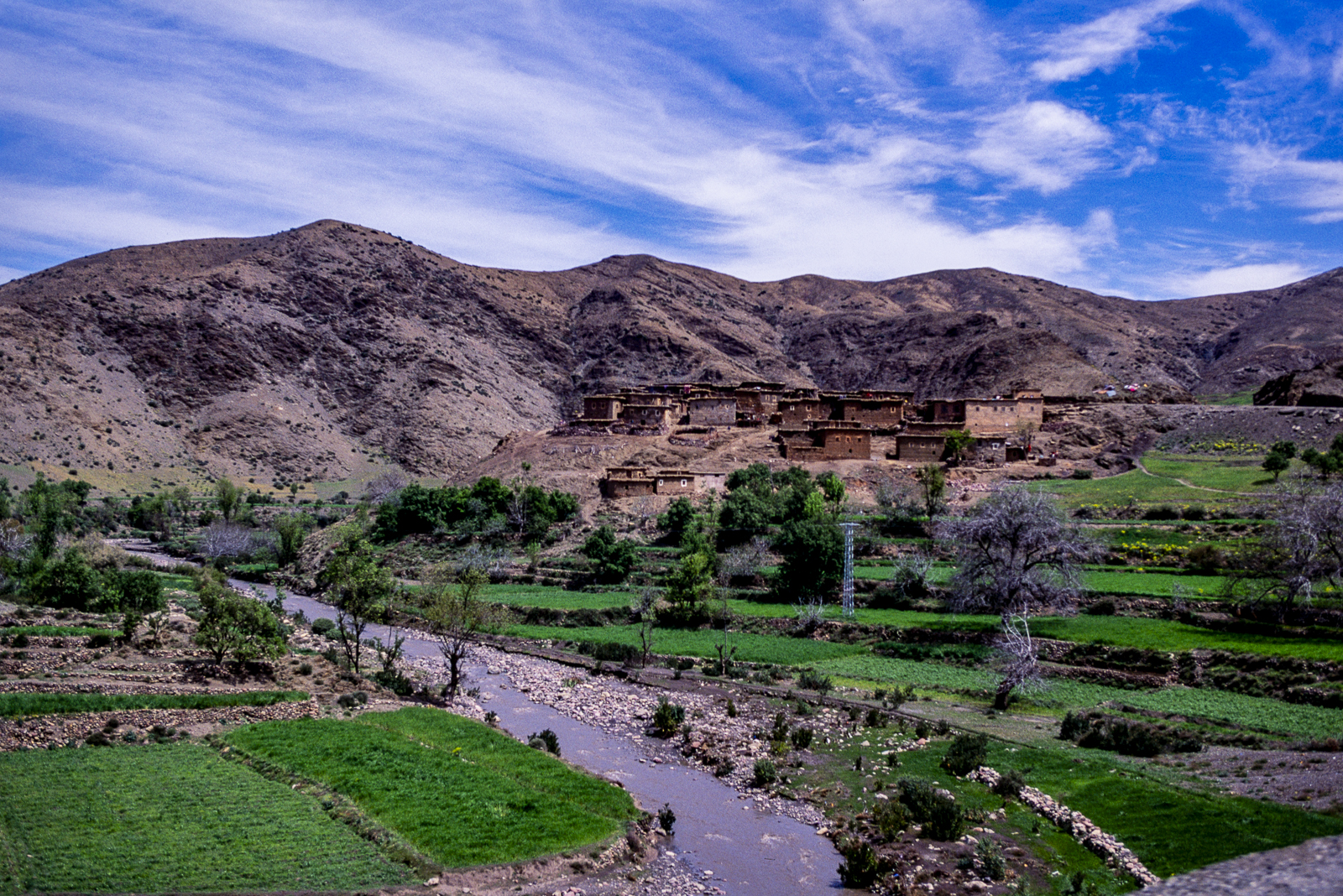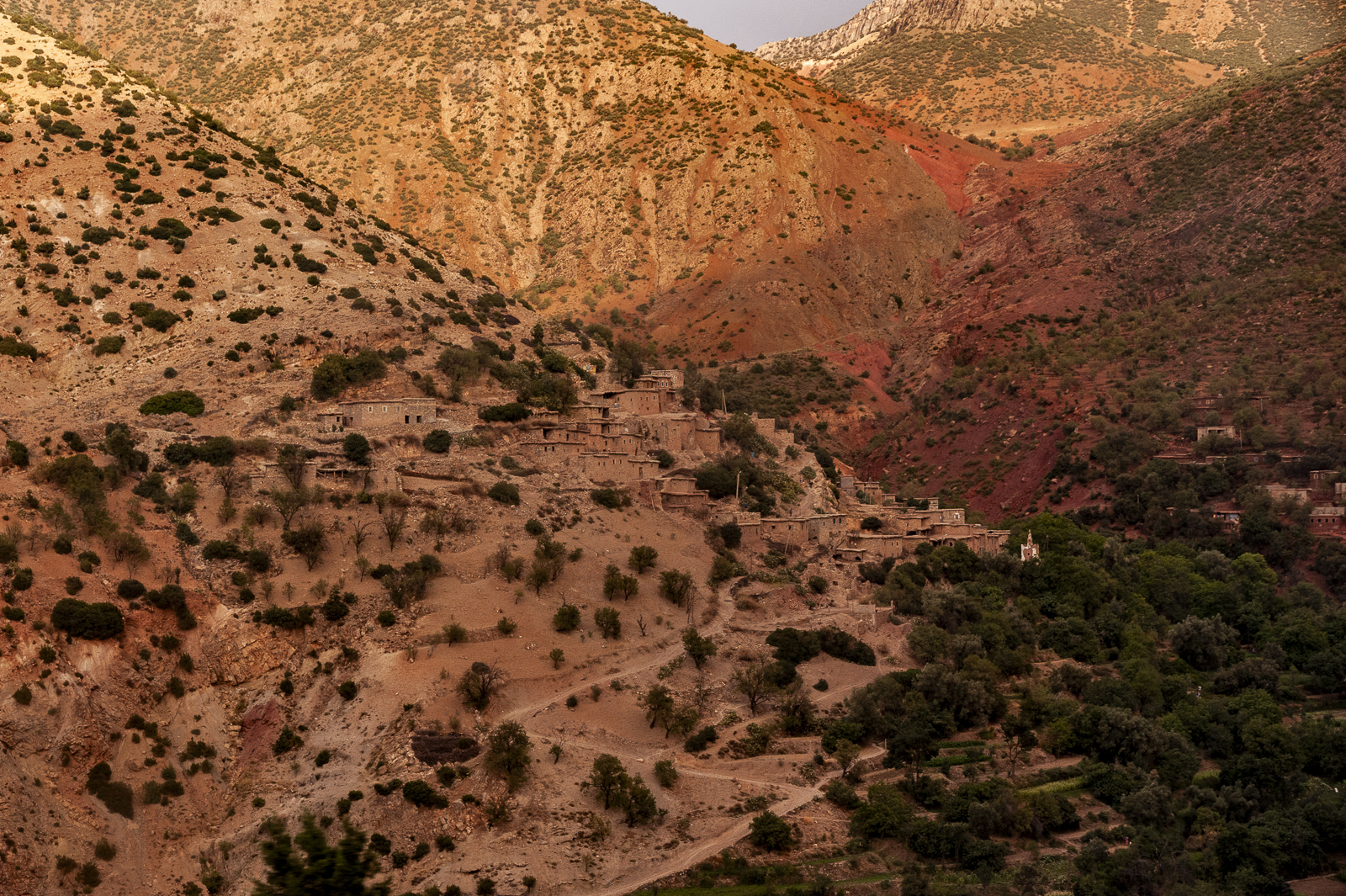
Morocco’s toponymy (place names) includes Amazigh names, as well as French names, such as Louis Gentil, and Spanish names, such as Casablanca, among others. Amazigh toponymy, which is dominant even in Arabic-speaking territories, is reflected in the official names of towns, regions, provinces and territories. The meanings of these Amazigh place names correspond to various natural elements:
Water, as in the case of Tetuán (plural of fountain), Aguelmim (puddle), Issafen (plural of assif, meaning river) and Inaouen (plural of anou, meaning well), Guerguarate (ford), Tafraout (basin), etc;

Fauna and flora, or parts of living beings, such as Zemmour (olive tree), Tazarine (fig tree), Chefchaouen (horns), Skoura and Bouskoura (partridges);
relief, with a wide range of toponyms by type of mountain: Taourirte (small mountain), Tfoughalt (plateau), Azrou (rock), Anfa (small flat-topped hill), Ait Ourir (hill), as well as different types of mountain passes such as Figuig (gorge), El Guergarate (flat Saharan pass), Taza (pass), Azilal (tabular pass between peaks), and soil types: Berkan (black) Ait Melloul (white), Ouargha (yellow);
Climate and water conditions, such as Arrif (thirst-arid), Oued Ghriss (near Errachidia) and Targuist (cold);
Anthroponyms or names of Amazigh human groups, such as Ameknès (Mknassa tribes), Iznassen, Ait Oussa, etc;
Other Amazigh toponyms still used today coming from old Amazigh, whose interpretation is complex, as is the case of Marrakech, Taroudant, etc.
Since Moroccan independence, some Amazigh place names have undergone a process of Arabisation or deformation.
Hassan Ramou
Mohammed V University, Rabat, Morocco
















